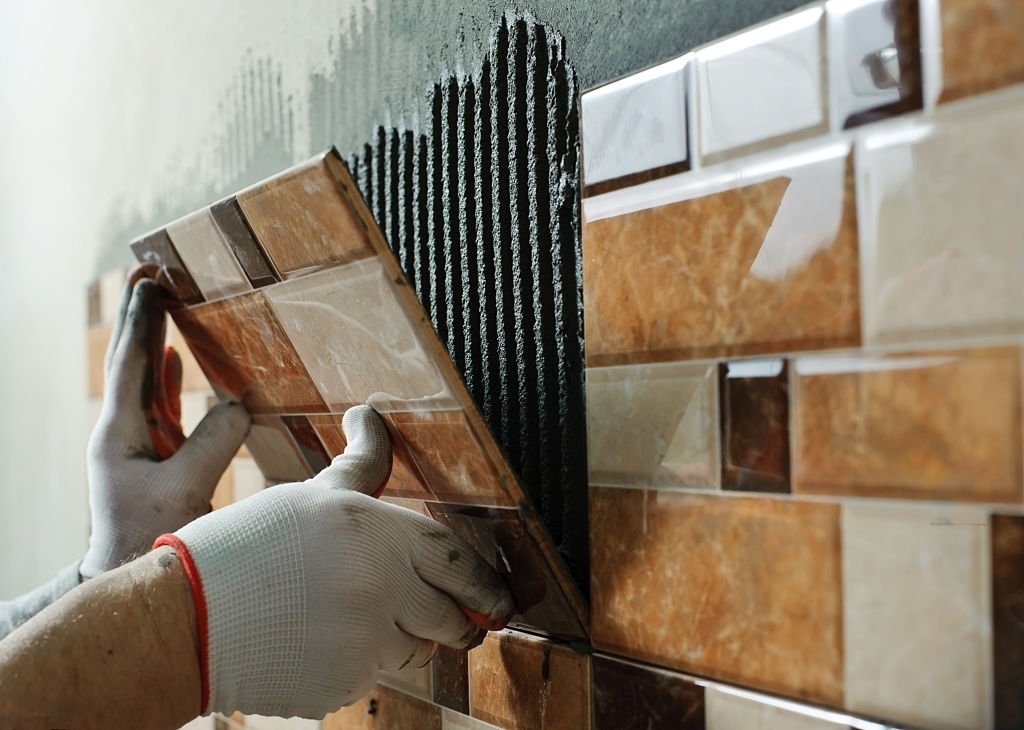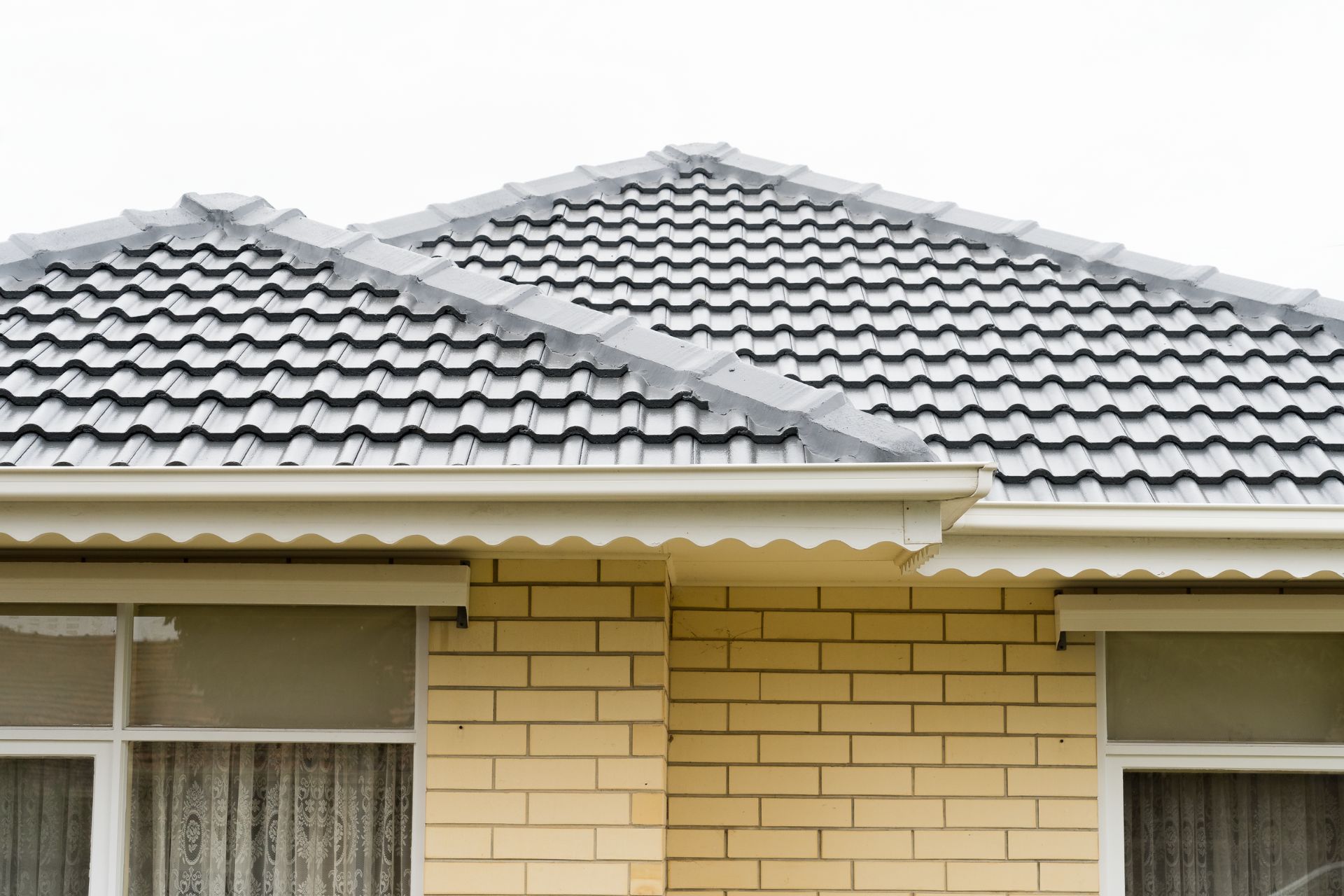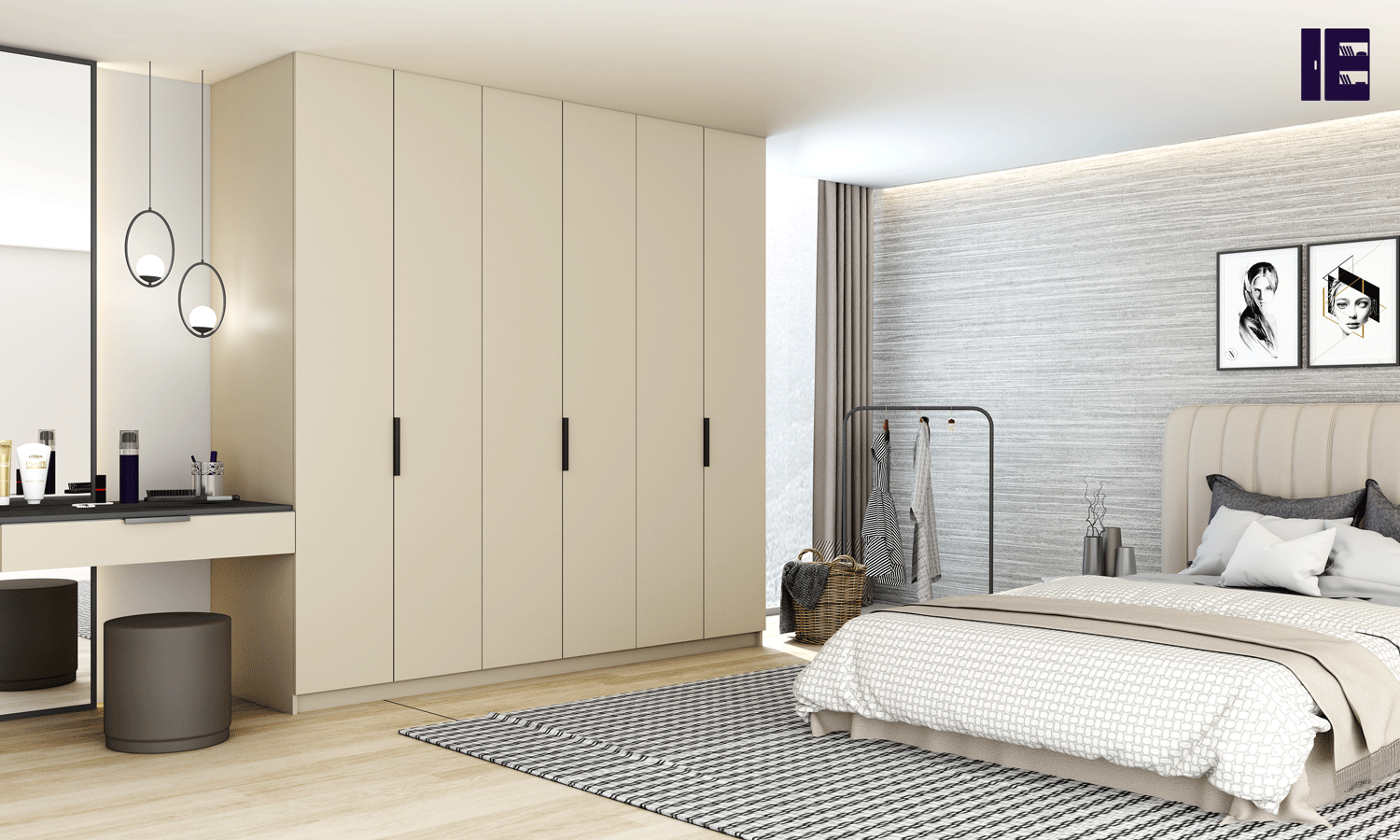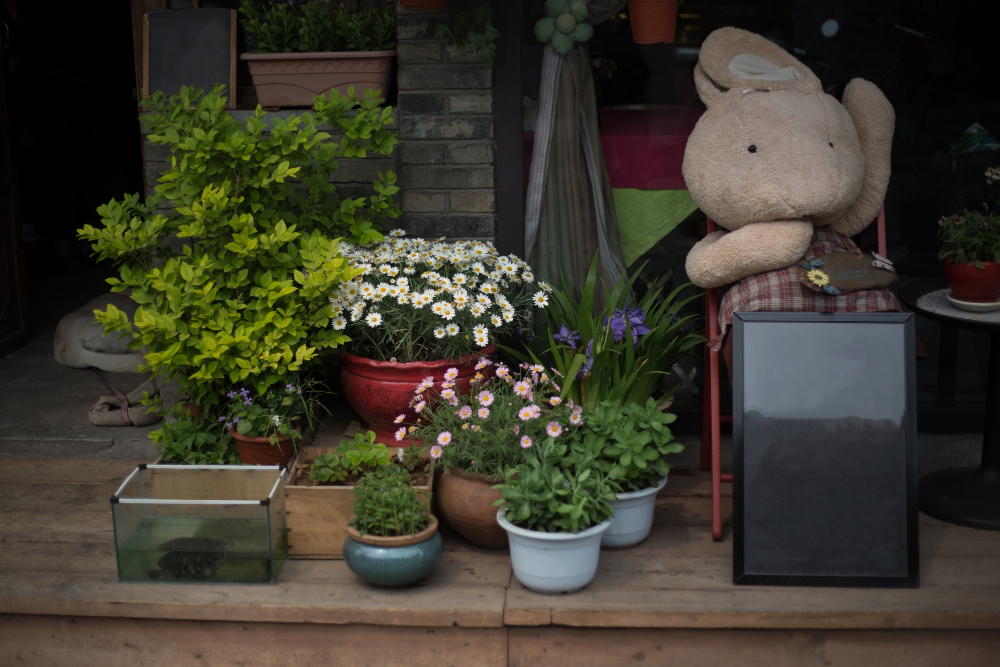In the world of interior design and construction, gypsum wall partitions have emerged as a versatile and popular choice for creating functional and aesthetically pleasing spaces. These partitions, often referred to as drywall or plasterboard partitions, are constructed using gypsum board, a material renowned for its versatility and numerous advantages. From residential homes to commercial buildings, gypsum wall partitions have become an integral element in modern construction. In this article, we will explore the many aspects of gypsum wall partitions, including their composition, benefits, installation process, and their application in various settings.
Understanding Gypsum Wall Partitions
Gypsum wall partitions are essentially interior walls made using gypsum board, a widely used building material in the construction industry. Gypsum board consists of a core of gypsum sandwiched between two layers of paper or fiberglass. The primary components of a gypsum wall partition include:
- Gypsum Core: The gypsum core is the central layer of the gypsum board and is responsible for its rigidity and fire resistance. Gypsum is a naturally occurring mineral known for its fire-resistant properties, making it an ideal material for partition walls.
- Paper or Fiberglass Layers: The gypsum core is encased in layers of paper or fiberglass, which provide additional strength and protection. The type of facing used depends on the intended application and required level of durability.
Benefits of Gypsum Wall Partitions
Gypsum wall partitions offer a wide array of benefits that have contributed to their widespread adoption in construction projects:
- Fire Resistance: Gypsum board is inherently fire-resistant, and this quality makes it an excellent choice for partition walls. In the event of a fire, gypsum wall partitions can slow down the spread of flames, giving occupants more time to evacuate the building.
- Sound Insulation: Gypsum wall partitions are effective at reducing sound transmission between rooms, making them ideal for creating quiet and private spaces in both residential and commercial settings.
- Versatility: Gypsum partitions can be used to create various room configurations, adapting to different architectural and interior design requirements. They can be easily cut, shaped, and finished to suit the design aesthetic.
- Speed of Installation: Compared to traditional masonry walls, gypsum wall partitions are faster to install, which can result in reduced construction time and costs.
- Cost-Effective: Gypsum board is an economical choice, offering excellent value for money. It is readily available and does not require specialized labor for installation.
- Smooth Finish: Gypsum partitions provide a smooth and uniform surface, making it easy to apply paint, wallpaper, or other wall coverings.
- Sustainability: Gypsum is a naturally occurring mineral, and gypsum board is recyclable, making it an environmentally friendly choice for construction.
Installation Process
The installation of gypsum wall partitions involves several key steps. It is a relatively straightforward process, which is one of the reasons for its popularity in construction projects:
- Frame Construction: The first step in installing a gypsum wall partition is to construct a sturdy frame. Typically, a metal or wooden framework is erected to provide support for the gypsum board.
- Cutting and Fitting: Gypsum boards are then cut to the desired size and shape, and they are fitted onto the frame using screws or nails. The boards must be installed with precision to ensure a seamless and even finish.
- Taping and Jointing: Once the boards are in place, joints and screw holes are covered with jointing compound or drywall mud. The seams are then taped to create a smooth, continuous surface.
- Sanding and Finishing: After the jointing compound dries, the surface is sanded to achieve a seamless finish. It can then be painted or covered with other wall treatments.
Applications of Gypsum Wall Partitions
Gypsum wall partitions are incredibly versatile and can be used in a wide range of applications. Here are some of the most common uses:
- Residential Homes: Gypsum wall partitions are frequently used in homes to create internal walls, dividing rooms, and providing a smooth surface for painting or wallpaper.
- Office Spaces: In commercial settings, gypsum partitions are used to create individual offices, meeting rooms, and open-plan workspaces. They offer the flexibility to adapt the layout to changing business needs.
- Retail Environments: Gypsum partitions are used in retail spaces to create changing rooms, storage areas, and display walls. Their ease of installation and finishing allows for quick renovations and updates.
- Healthcare Facilities: Hospitals and clinics often utilize gypsum wall partitions to create private patient rooms, exam rooms, and administrative offices. The fire-resistant properties of gypsum are crucial in healthcare settings.
- Educational Institutions: Schools and universities use gypsum partitions to create classrooms, laboratories, and administrative offices. The sound insulation properties are beneficial in creating quiet learning environments.
- Hospitality Sector: Hotels and restaurants use gypsum partitions to create private dining spaces, guest rooms, and event areas. The smooth finish allows for customization to match the desired ambiance.
- Industrial Spaces: In industrial settings, gypsum partitions are used for offices, control rooms, and partitioning off different areas of the facility.
FAQs
Q. What is a gypsum wall partition?
A gypsum wall partition is a non-load-bearing interior wall system made primarily from gypsum panels or boards. It is used to divide interior spaces in buildings and provides a smooth and durable surface for finishing.
Q. How are gypsum wall partitions constructed?
Gypsum wall partitions are typically constructed using gypsum panels attached to a metal or wood framing system. The panels are secured to the framework, and joints are sealed and finished to create a seamless surface.
Q. Are gypsum wall partitions fire-resistant?
Yes, gypsum wall partitions are known for their fire-resistant properties. Gypsum board has a high resistance to fire, making it an ideal choice for partition walls in buildings where fire safety is a concern.
Q. Can gypsum wall partitions be used in wet areas like bathrooms or kitchens?
Gypsum wall partitions are not recommended for use in wet areas because gypsum is susceptible to water damage. For wet areas, it’s better to use moisture-resistant materials like green board or cement board.
Q. Are gypsum wall partitions suitable for commercial buildings as well as homes?
Yes, gypsum wall partitions are commonly used in both residential and commercial buildings. They are versatile and can be adapted for various settings.
Conclusion:
Gypsum wall partitions have become an integral part of modern construction, offering a myriad of benefits, including fire resistance, sound insulation, versatility, and cost-effectiveness. Their ease of installation and adaptability to various settings make them a top choice for creating functional and visually appealing interior spaces. As construction technology continues to evolve, gypsum wall partitions remain a reliable and sustainable option for builders and designers seeking flexibility and efficiency in their projects. Whether in homes, offices, retail spaces, or healthcare facilities, gypsum wall partitions have proven their worth as a versatile and indispensable element of interior design and construction.







